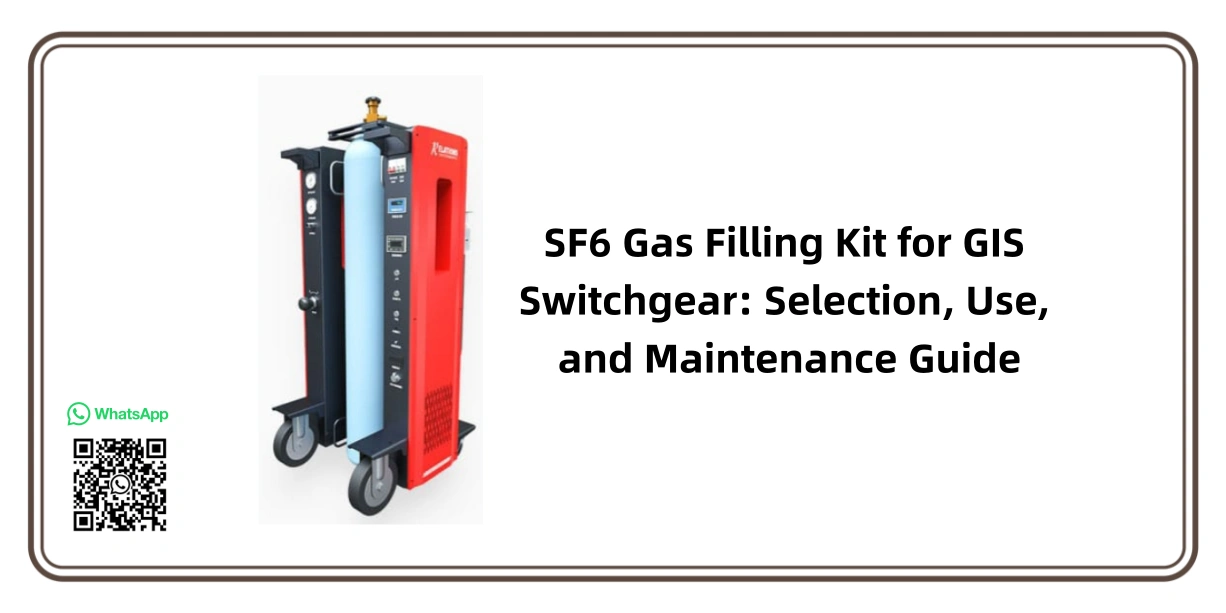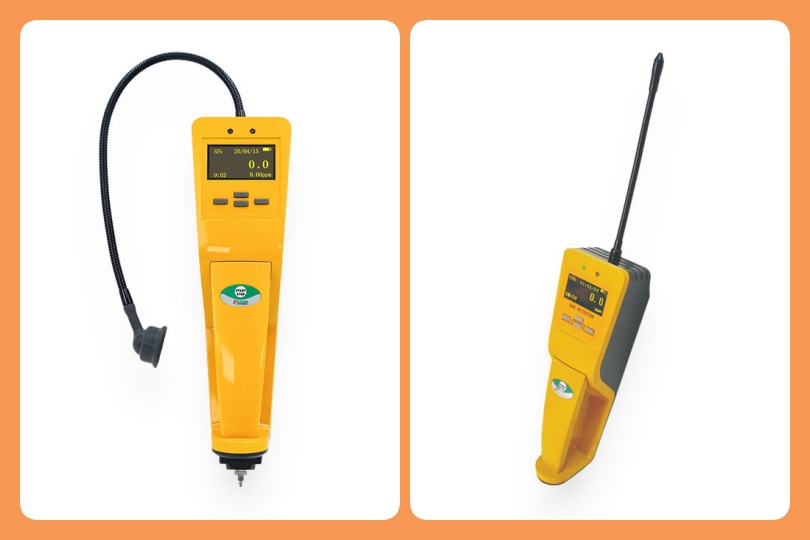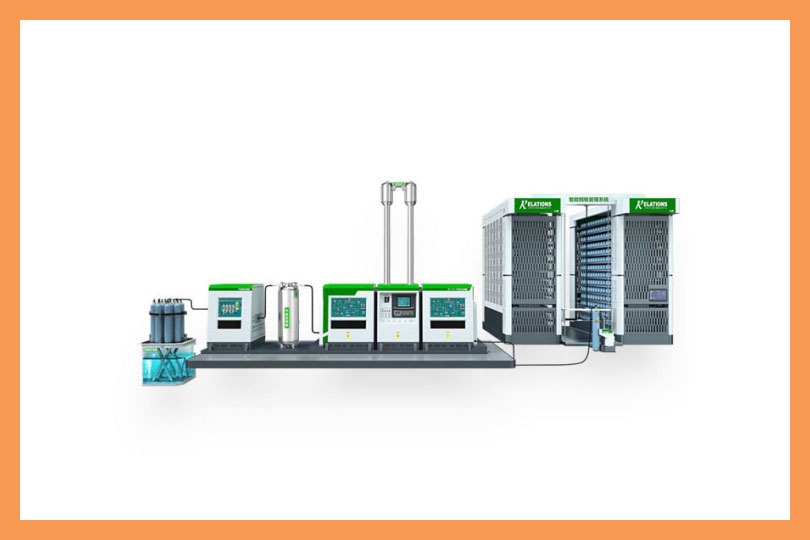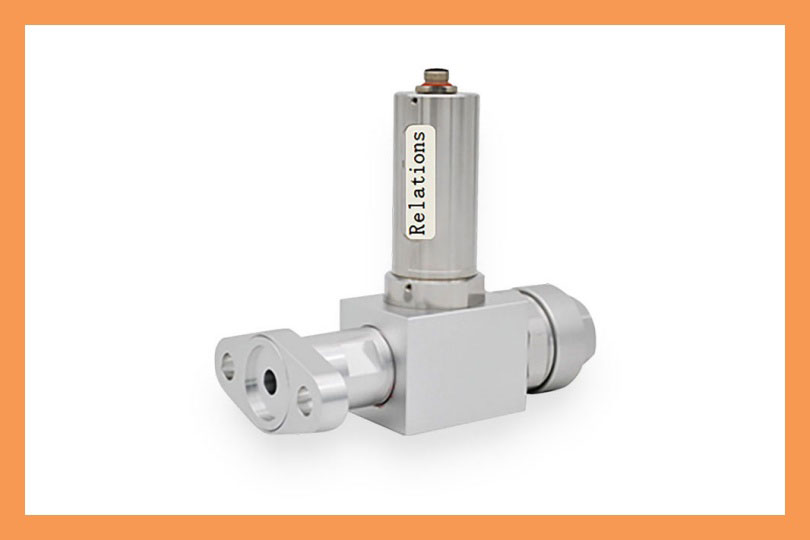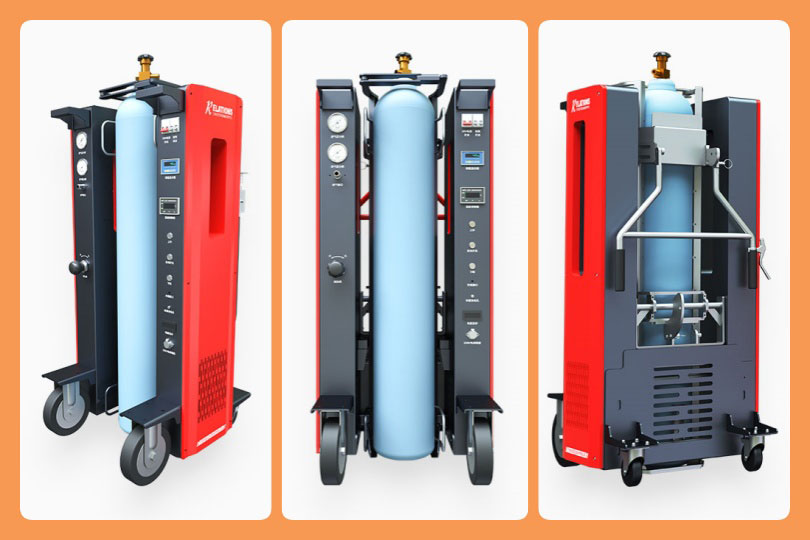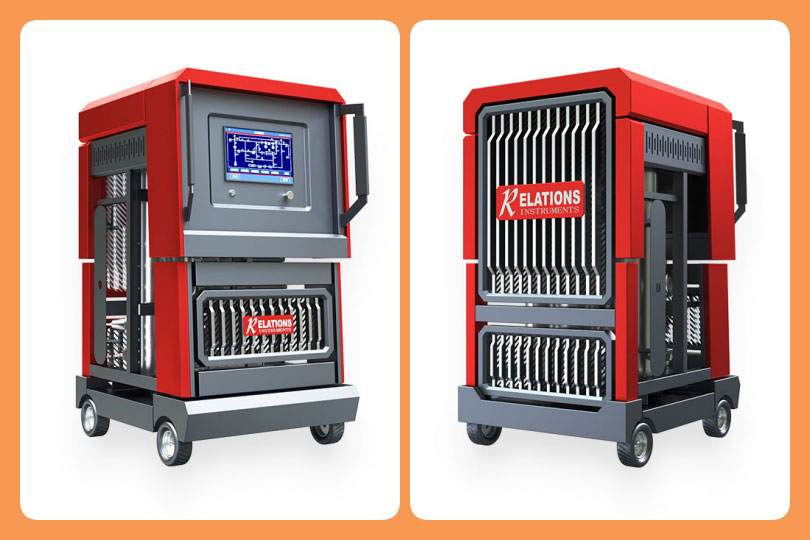SF6 Gas Filling Kit for GIS Switchgear: Selection, Use, and Maintenance Guide
Date
2025-09-05
[email protected]
Website
www.sf6gasdetector.com
Get Solutions And Quotes
SF6 Gas Filling Kit for GIS Switchgear: Selection, Use, and Maintenance Guide
GIS (Gas-Insulated Switchgear) is a critical component in modern power grids, relying on sulfur hexafluoride (SF6) gas for its exceptional insulation and arc-quenching properties. To ensure GIS switchgear operates safely and efficiently, proper SF6 gas filling is non-negotiable—and that’s where a specialized SF6 gas filling kit for GIS switchgear comes in. Unlike generic gas handling tools, this kit is engineered to match the unique requirements of GIS equipment, minimizing gas leakage, ensuring precise pressure control, and safeguarding both the device and operators. Below is a comprehensive guide to understanding, selecting, and maintaining this essential tool.
Why a Dedicated SF6 Gas Filling Kit Is Essential for GIS Switchgear
SF6 gas is not only costly but also a potent greenhouse gas—making leakage during filling a major concern for both operational efficiency and environmental compliance. Generic gas kits often lack the compatibility and precision needed for GIS switchgear, leading to:
- Inconsistent pressure: GIS requires specific SF6 pressure levels (typically 0.4–0.6 MPa for medium-voltage units) to maintain insulation performance. Generic kits may not regulate pressure accurately, risking equipment failure.
- Increased leakage: GIS has unique gas port designs (e.g., DN15/DN20 flanged or quick-connect interfaces). Mismatched kit components create gaps, causing SF6 to escape.
- Safety hazards: Unspecialized kits may lack pressure relief valves or anti-corrosion materials, exposing operators to gas leaks or component damage.
A dedicated SF6 gas filling kit for GIS switchgear addresses these issues by integrating GIS-specific features, ensuring reliable, leak-free, and safe gas filling every time.
Core Components of a High-Quality SF6 Gas Filling Kit for GIS Switchgear
To function effectively with GIS switchgear, the kit must include these key components—each tailored to GIS requirements:
SF6 Gas Storage Tank: A corrosion-resistant cylinder (usually 10–50L) with a pressure rating of ≥15 MPa, compatible with standard SF6 gas cylinders.
- Precision Pressure Reducer: Regulates high-pressure SF6 from the tank to GIS-specific operating pressure, with a dual-scale gauge (0–25 MPa for tank pressure, 0–1 MPa for output pressure) for accuracy.
- GIS-Compatible Connection Hoses: Reinforced, chemical-resistant hoses (length 2–5m) with ISO-standard quick-connect fittings to match GIS gas ports—preventing cross-threading and leaks.
- Leak Detection Port: A built-in valve for attaching an SF6 leak detector post-filling, enabling immediate verification of seal integrity.
Safety Valves: Overpressure relief valves on both the tank and reducer to protect against pressure spikes, a critical feature for GIS’s sealed environment.
How to Select the Right SF6 Gas Filling Kit for Your GIS Switchgear
Not all kits are compatible with every GIS model—follow these steps to choose the right one:
- Match Pressure Ratings: Check your GIS manufacturer’s specifications for required filling pressure. Select a kit with a reducer that covers this range (e.g., 0–1 MPa for medium-voltage GIS, 0–1.2 MPa for high-voltage units).
- Verify Interface Compatibility: GIS gas ports use either quick-connect (e.g., DN15) or flanged (e.g., PN10) fittings. Confirm the kit’s hoses include the exact fitting type to avoid adapters (which increase leakage risk).
- Prioritize Portability: For on-site GIS maintenance, choose a lightweight kit (≤15kg) with a carrying case—critical for accessing switchyards or remote substations.
- Look for Certifications: Opt for kits certified by IEC (IEC 60480) or ISO (ISO 14532), ensuring compliance with global SF6 handling standards and GIS safety requirements.
Step-by-Step Guide to Using an SF6 Gas Filling Kit for GIS Switchgear
Proper usage is key to avoiding leaks and equipment damage. Follow these steps:
Pre-Filling Preparation:
- Inspect the kit: Check hoses for cracks, valves for tightness, and gauges for calibration (expire within 12 months).
- Clean GIS gas port: Wipe the port with a lint-free cloth to remove dust—debris can damage seals.
Connect the Kit:
- Attach the reducer to the SF6 gas tank (hand-tighten, then use a wrench for ¼ turn to seal).
- Connect the hose’s quick-connect fitting to the GIS port—listen for a “click” to confirm a secure lock.
Purge and Fill:
- Open the tank valve slightly to purge air from the hose (hold for 5 seconds), then close it.
- Slowly open the reducer valve to reach the GIS’s target pressure (monitor the gauge—avoid rapid pressure increases).
Post-Filling Verification:
- Close all valves and disconnect the hose.
- Attach an SF6 leak detector to the kit’s leak port—test for 5 minutes; a reading <1×10⁻⁸ Pa·m³/s indicates a tight seal.
- Document: Record filling pressure, date, and leak test results in the GIS maintenance log—required for regulatory compliance.
Routine Maintenance Tips for SF6 Gas Filling Kits
Extend your kit’s lifespan (typically 5–8 years) with these practices:
- Monthly Inspections: Check hoses for wear, valves for leaks, and gauges for accuracy.
- Annual Calibration: Send gauges and reducers to a certified lab for calibration—uncalibrated tools lead to incorrect pressure readings.
- Storage: Keep the kit in a dry, ventilated area (10–30°C) away from direct sunlight. Coil hoses loosely to avoid kinks, which damage internal seals.
- Hose Replacement: Replace hoses every 2 years or immediately if cracks, bulges, or stiffness are found—old hoses are a top cause of SF6 leaks.
FAQs About SF6 Gas Filling Kits for GIS Switchgear
Q1: Can I use a generic SF6 filling kit for my GIS switchgear?
A1: No—generic kits lack GIS-specific fittings and pressure controls, increasing leakage and equipment damage risk. Always use a dedicated SF6 gas filling kit for GIS switchgear.
Q2: How often should I test the kit for leaks?
A2: Test the kit’s seals and hoses before every use—use an SF6 leak detector on the reducer and hose connections to ensure no pre-existing leaks.
Q3: What if the kit’s gauge shows inconsistent pressure during filling?
A3: Stop filling immediately. Check for hose kinks or a faulty reducer—replace the reducer if it fails calibration tests.
A high-quality SF6 gas filling kit for GIS switchgear is not just a tool—it’s an investment in your power grid’s reliability, environmental compliance, and operator safety. By selecting a kit that matches your GIS’s pressure and interface needs, following proper filling steps, and maintaining components regularly, you can ensure optimal SF6 gas retention, extend GIS lifespan, and avoid costly downtime. Always prioritize certified kits and adhere to manufacturer guidelines—this is the key to successful GIS switchgear gas management.
